Every weekend in Britain the place is crawling with esoteric enthusiasts ploughing their own particular furrow. Mechanical objects are high on the list, with events for motorcycles, cars, caravans, tractors, tanks, steam engines, boats and, even, buses. Today, right on cue, was the annual Routemaster summer outing at the Brooklands Museum at Weybridge in Surrey.
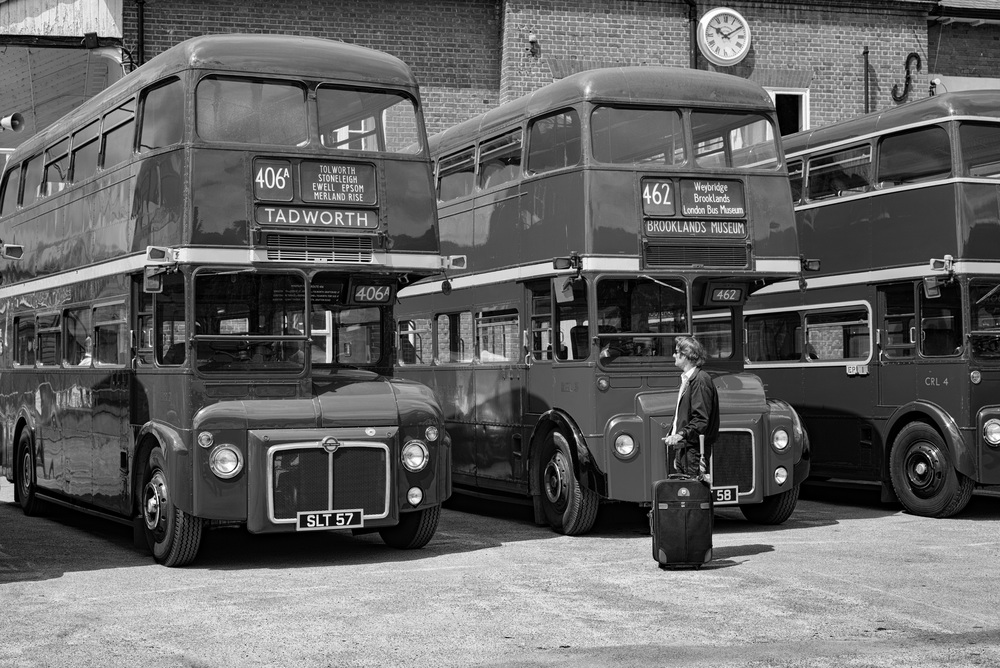
The Routemaster is the iconic London bus manufactured between 1954 and 1968. It was a perfect design for busy London traffic and the hop-on, hop-off rear platform allowed much speedier operation than today’s health-and-safety-mad replacements. Even the new Boris Bus, the Routemaster successor, is a pale imitation of the original and the promising rear platform is never open to casual jumpers.
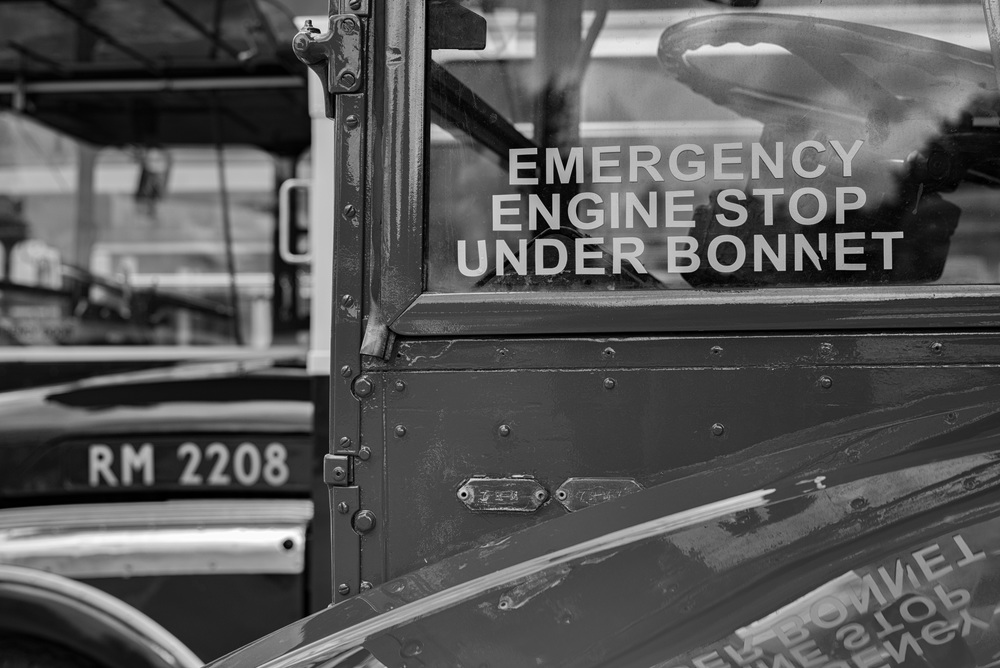
The last of the old Routemasters were withdrawn from service in 2005 after 50 years of presence on London’s roads. I well remember the thrill of being able to jump on and jump off at will, not needing to wait for the bus to arrive at a designated stop. Of course, all this freedom is now denied us. In the past people took their risks and blamed themselves when something happened. Now no bus company could run an open-deck Routemaster in the face of ambulance-chasing lawyers.
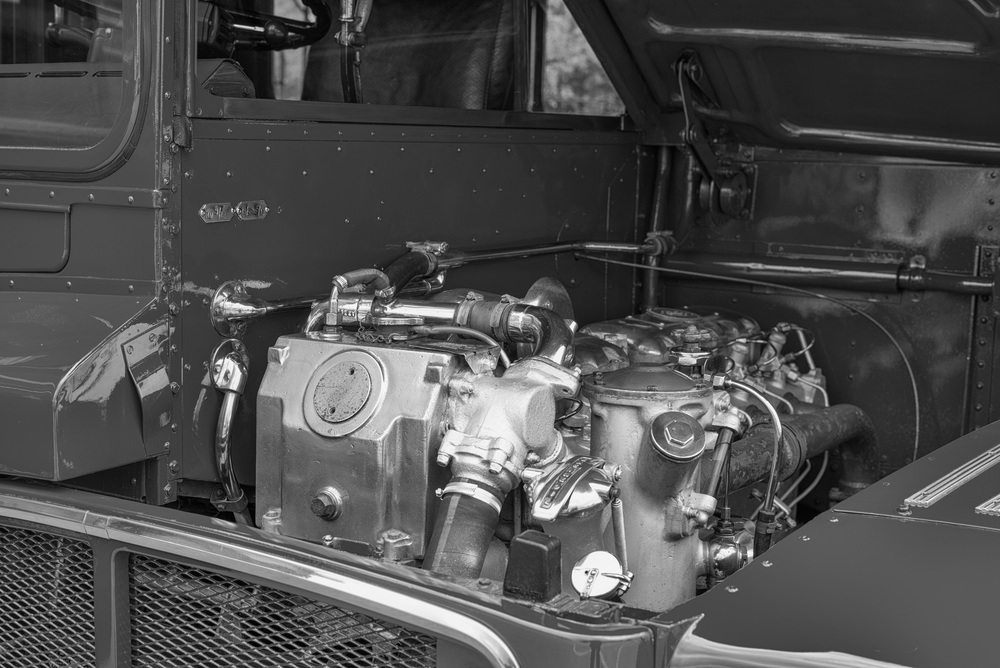
Today’s event at Brooklands Museum—which also houses the London Bus Museum—attracted primarily bus enthusiasts although it was open to the general public. I never cease to be amazed at the level of enthusiasm displayed at such events, nor the detailed knowledge of every rivet and facet of these old vehicles, whether they be buses or tanks.
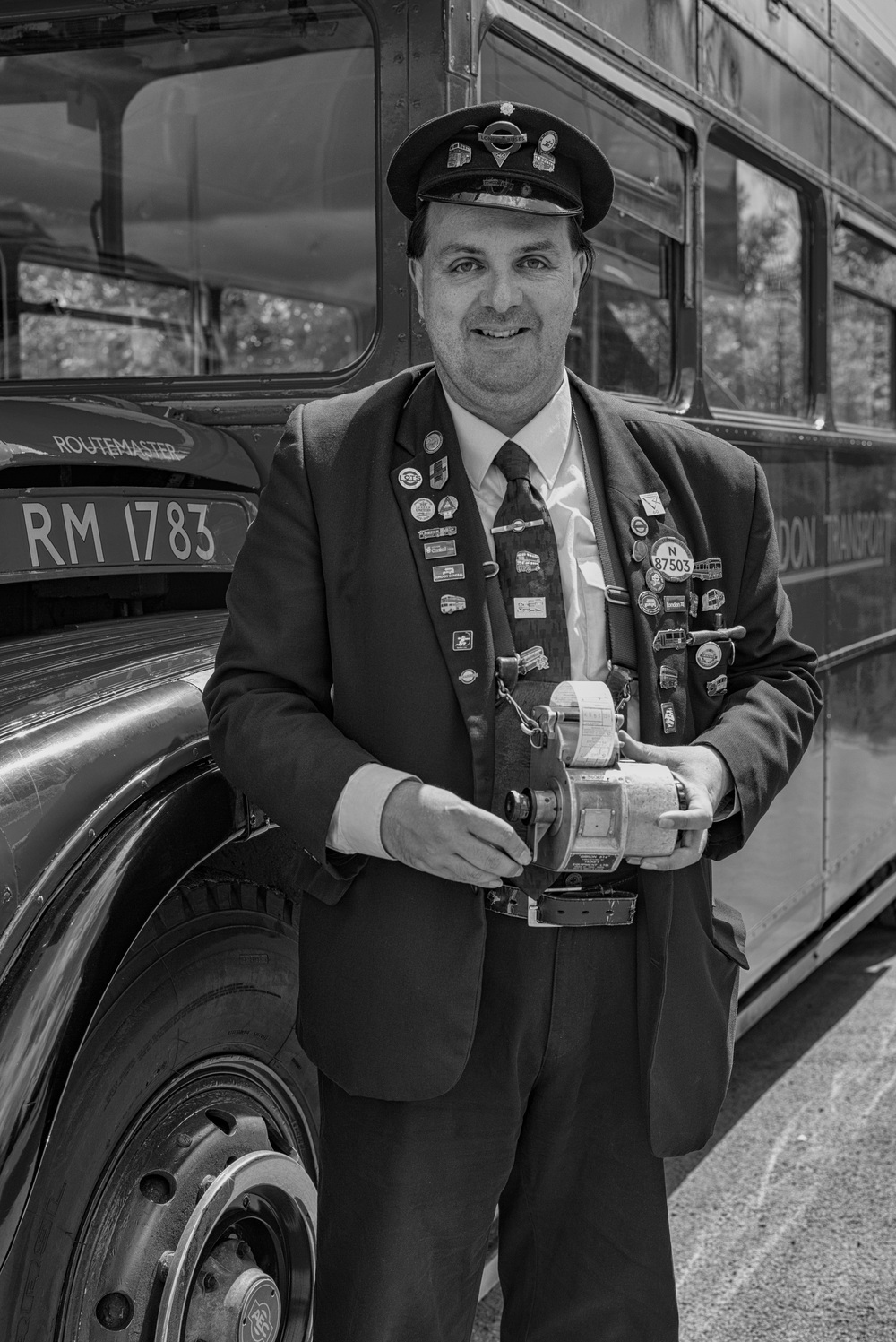
Among the crowds I met Michael, a former bus conductor, who can’t get enough of the bus world. He was smartly turned out in full uniform, festooned with bus badges (including his own bus conductor licence) and twiddling the old rotary ticket machine, forerunner of today’s swipe-and-go Oyster card.
Also there in period uniform, complete with camera and brolly, was Peter Larkham, secretary of the London Bus Museum. Now there’s a man who knows his buses.
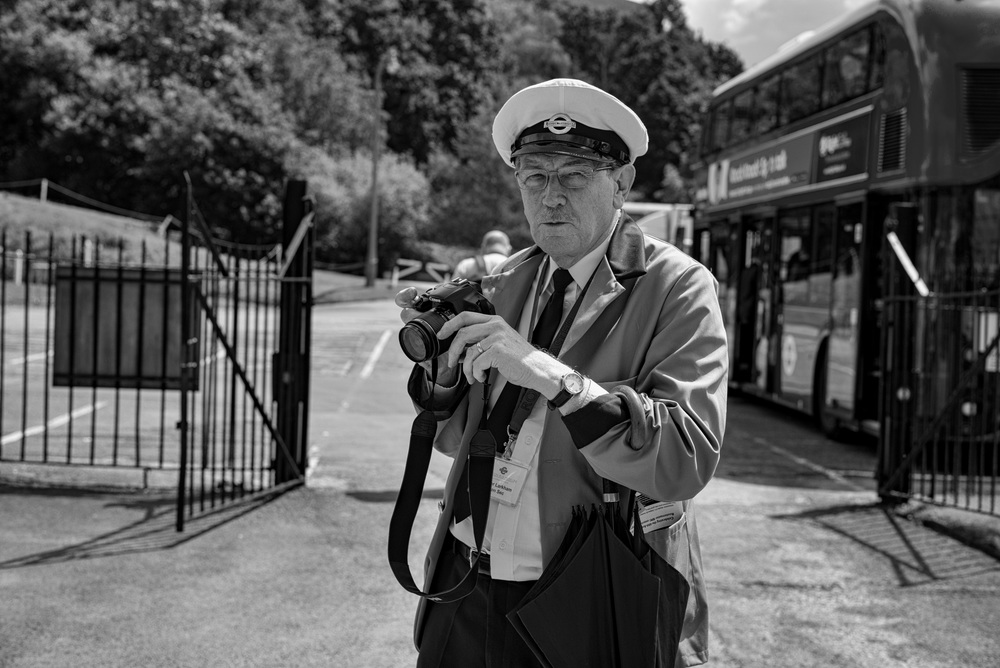
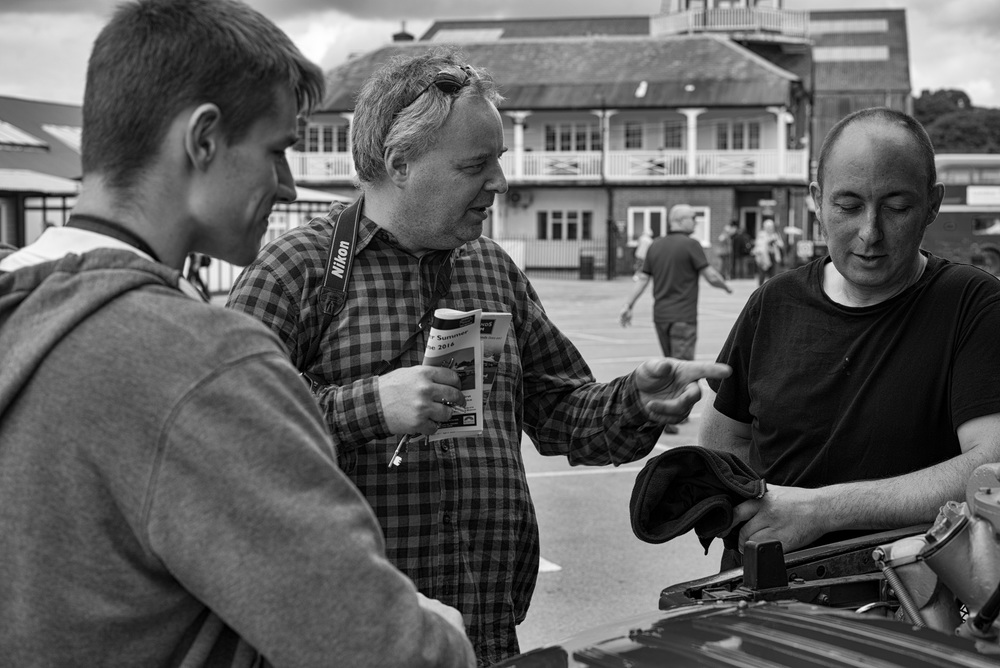
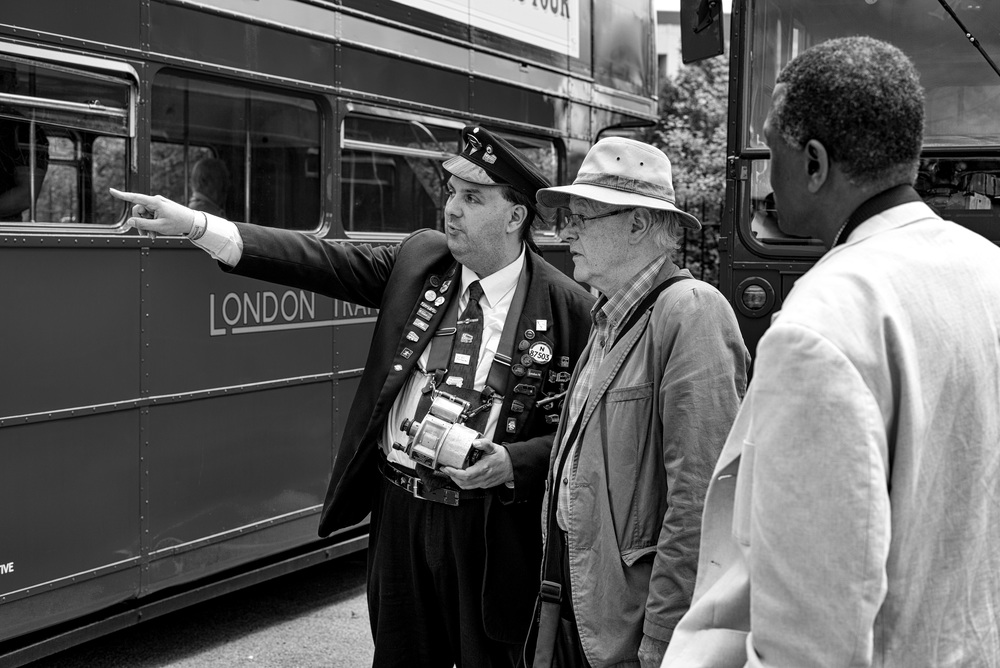
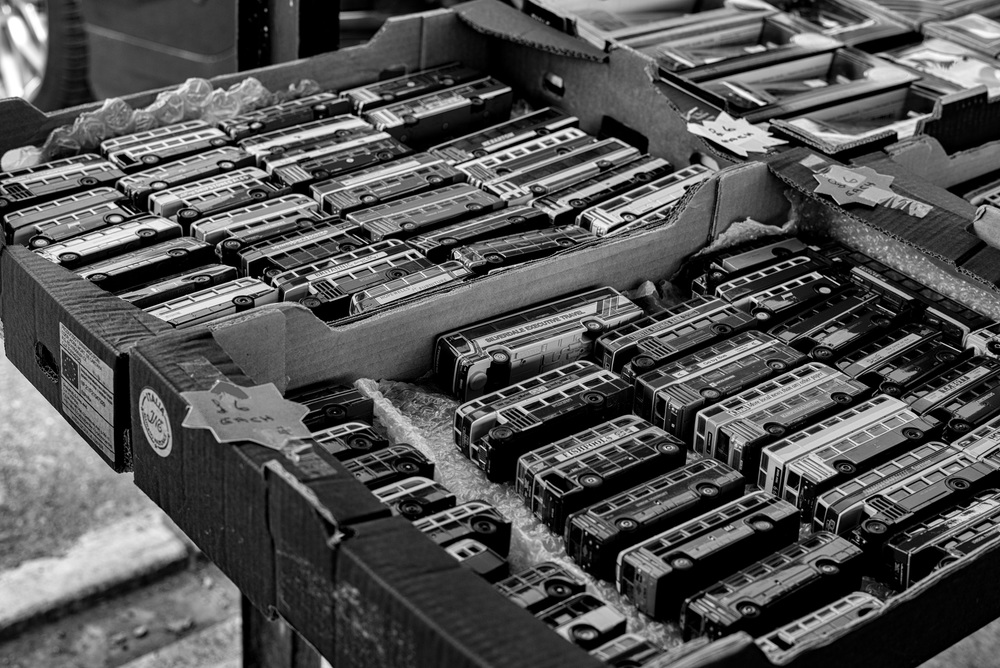
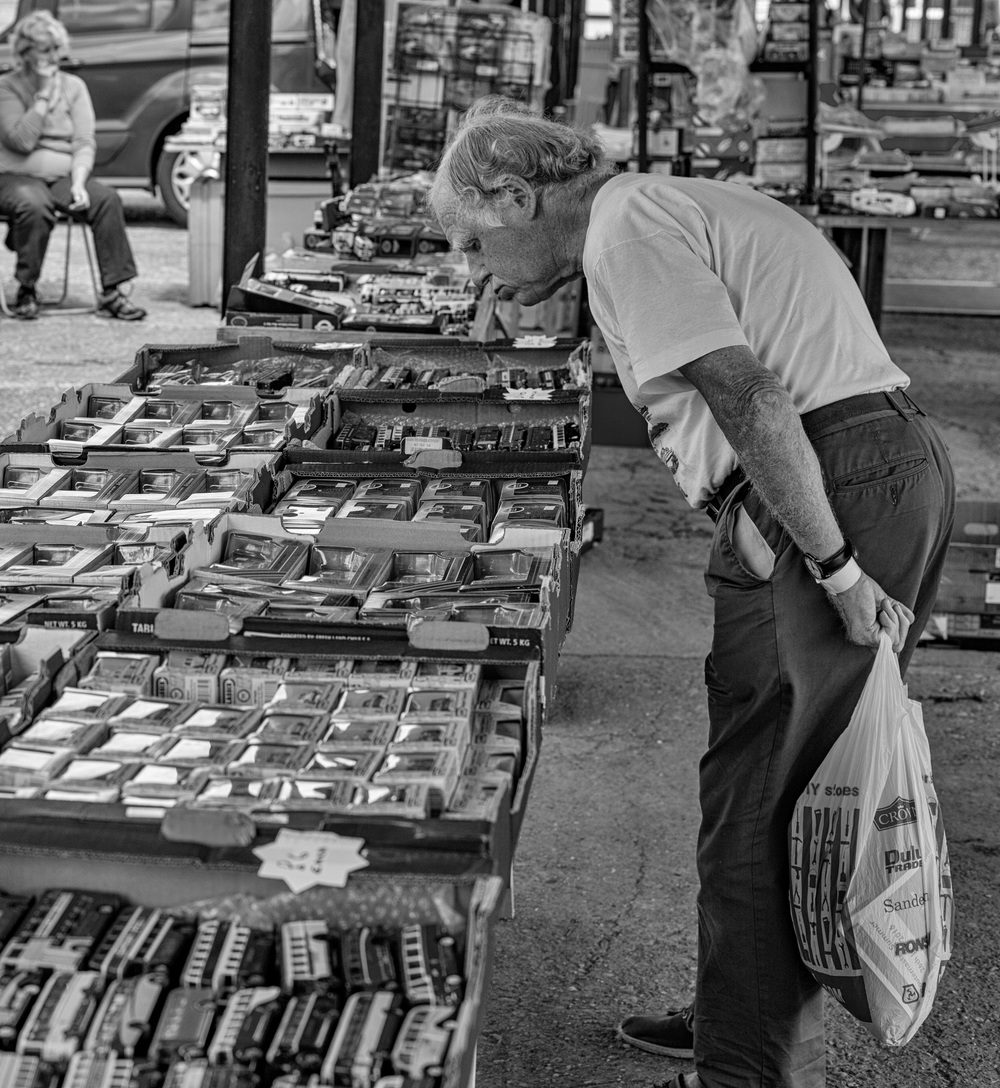
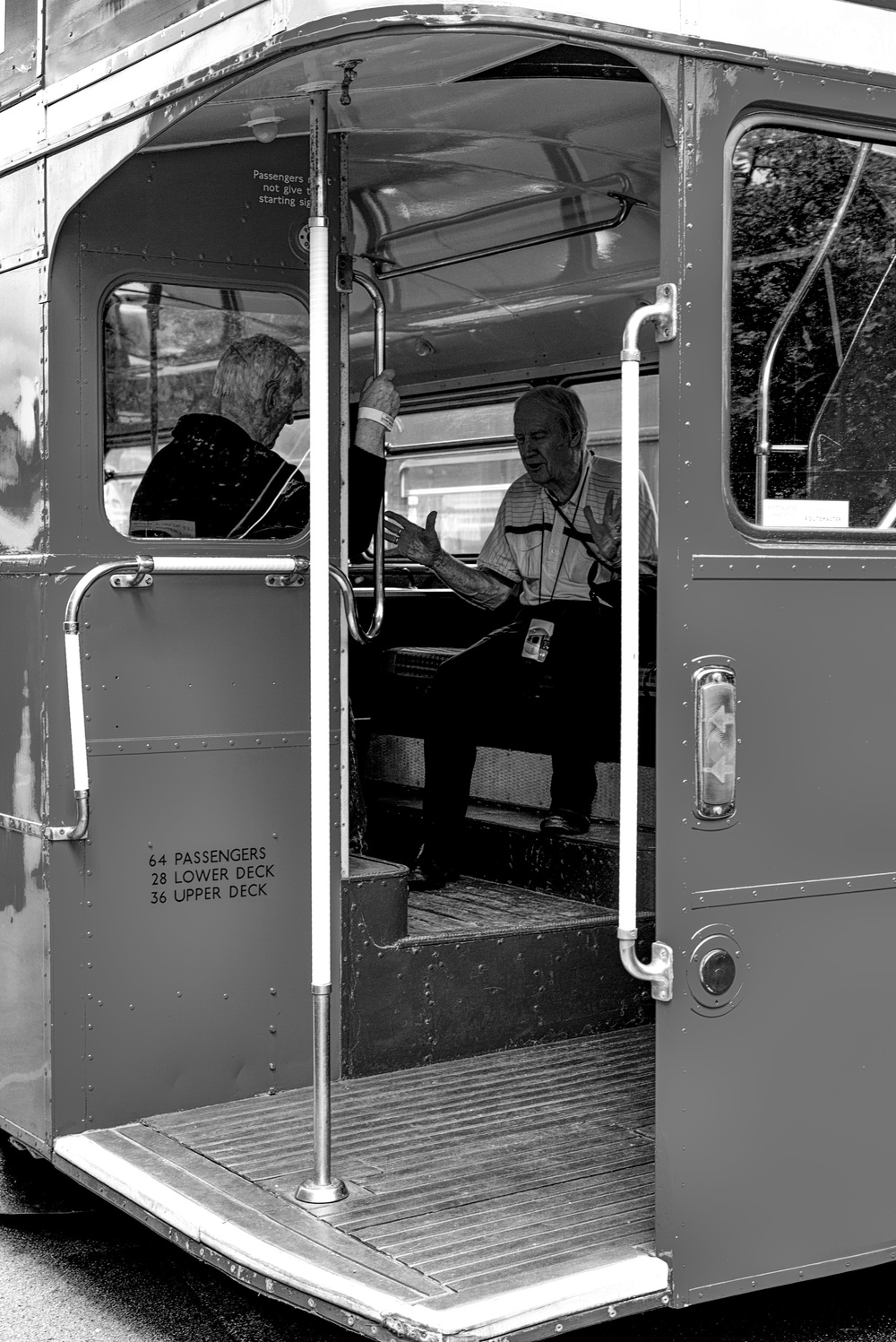
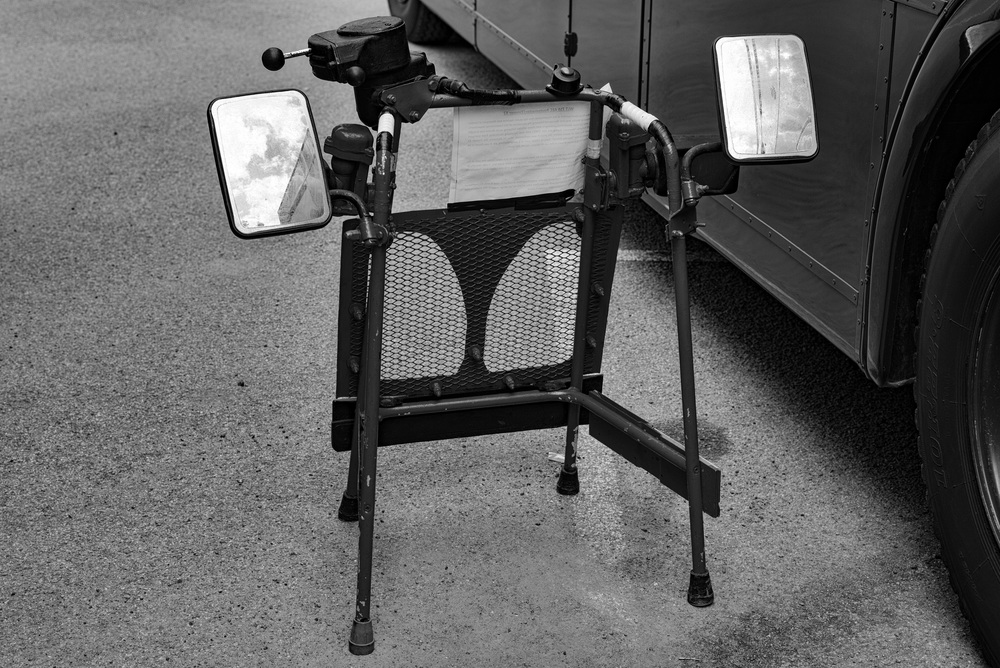
- Subscribe to Macfilos for free updates on articles as they are published. Read more here
- Want to make a comment on this article but having problems? Please read this

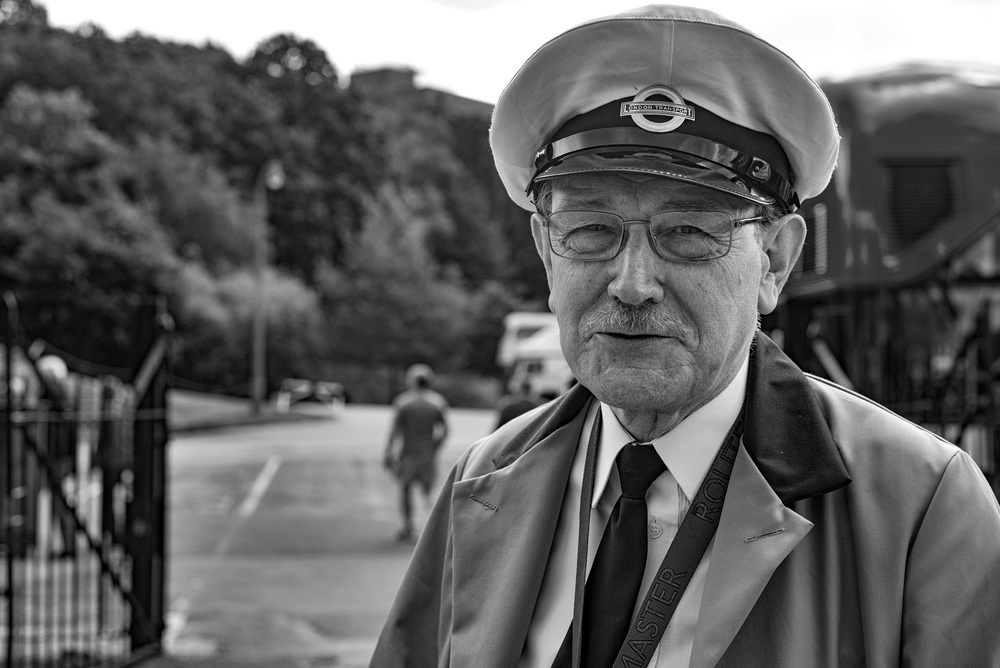
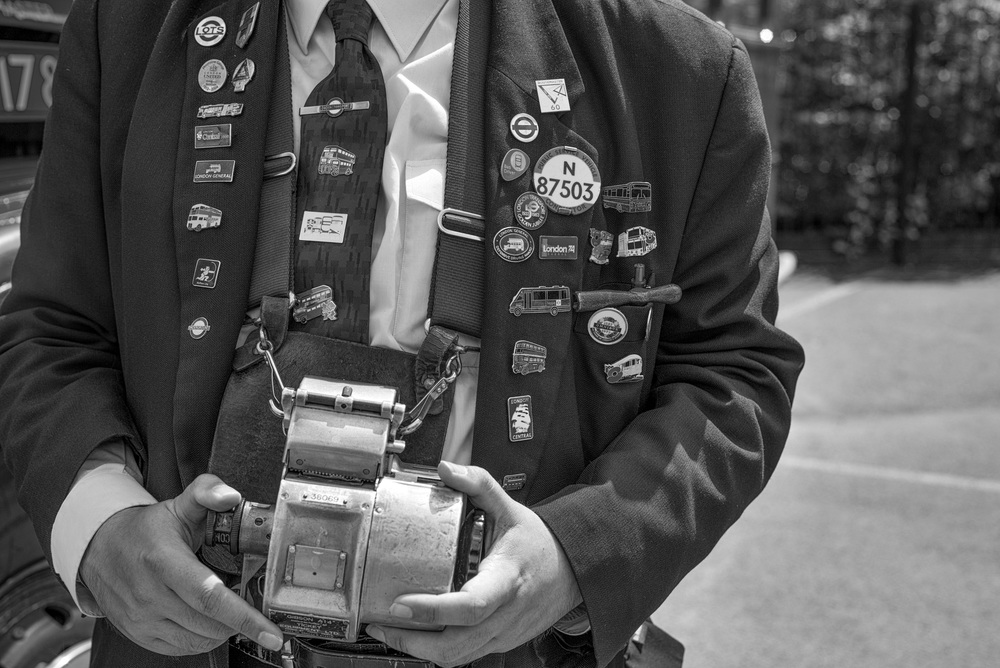
Beautifully crisp shots – but I find it hard to see London RED buses in B&W !!
John, you are absolutely right. I dithered around wondering whether to uses colour or B&W and in the end decided monochrome better represented the era, especially the two portraits. Also, in mitigation, several of the buses were green….
Great piece Mike, great photos.
To be fair there were plenty of buses that were equally accessible before the Routemaster, but that bus was the first monocoque version, and it was utterly brilliant.
Ken Livingstone promised to keep them before he became the superfluous mayor, and the first thing that he did was take a grant from the equally superfluous EU and introduced the famous "Bendy Bus", which was as one would expect from that combination, a total disaster.
Thanks for sharing this great photo story. I wonder if the sensor in the M-D or M type 262 might be tweaked a bit by Leica. Images look stunning.
Thanks for your support. No, I am absolutely sure that there is no difference between the sensor in the M262 and M262 M-D and that in the M or M-P. The pictures had minimal processing in Silver Efex Pro, a little sharpening and contrast.